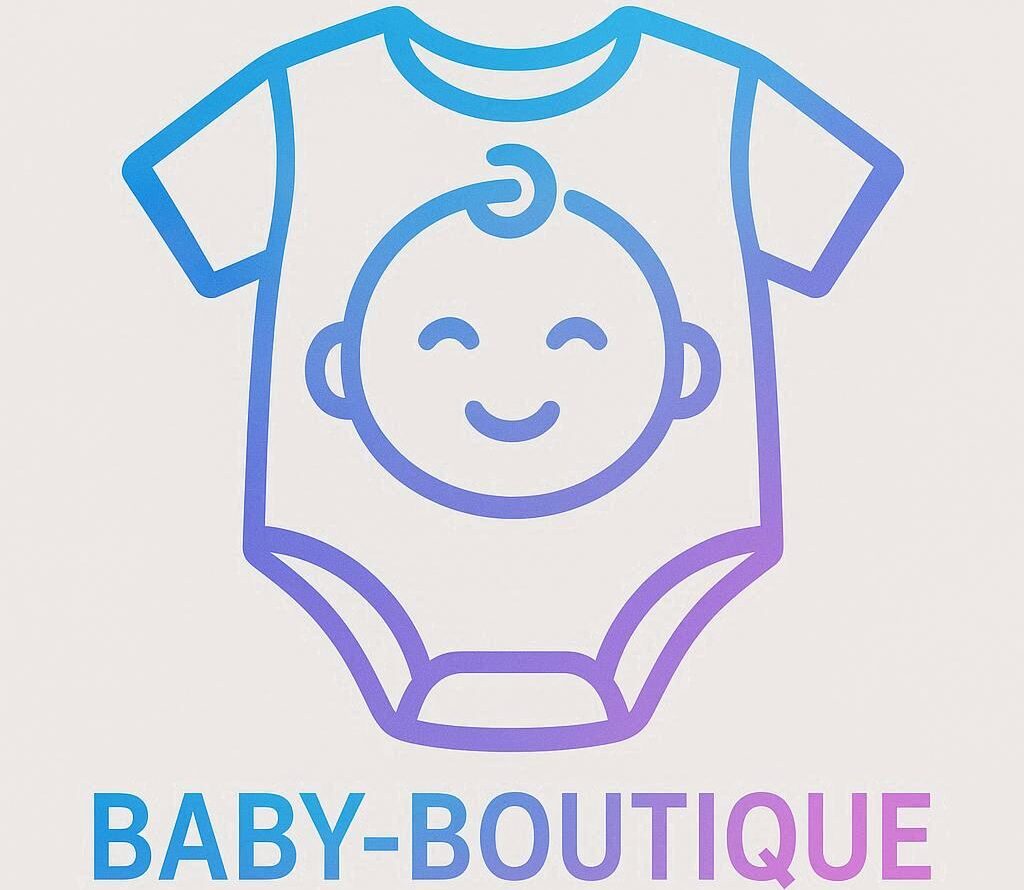Finding the right fit for your newborn’s cloth diaper cover is like crafting the perfect recipe. It’s a blend of comfort, practicality, and heart-warming cuteness. Figuring out the fit can make or break your diapering journey. Let’s explore what goes into the fit of these little garments.
Cloth diaper covers come in various fit types, each with its own perks. There’s the trim fit, which gives a sleek profile — great if you’re dealing with snug outfits or want minimal bulk. Then there’s the regular fit. It’s a middle-ground option, balancing out comfort and space for those fluffy inserts. And, of course, the roomy fit provides ample wiggle room, perfect for night-time stuffing when you need extra absorbency.
So, how do you pick the right size and fit for your newborn? It boils down to size, weight, and your baby’s unique body shape. Remember, the idea’s to keep things snug but not tight. Too loose, and you’ll be dealing with leaks. Too tight, and it’s the dreaded red marks on the skin. We all want happy babies after all.
Let’s not forget about some typical fit problems like leg gaps or waist tightness. You might be dealing with leaks if the fit ain’t just right. Thankfully, most brands offer detailed size guides to help you out. Also, it never hurts to reach out to other parents — communities around cloth diapering can be super supportive.
Adapting the fit of these diaper covers as your newborn grows is crucial. Babies change quicker than you can say ‘diaper change’. Keep an eye on signals that your current fit might be getting snug, like frequent leaks or red marks. A quick size adjustment might be all that’s needed to keep up with your baby’s growth spurts.
Choosing the Right Fabric and Fastening Methods for Newborn Cloth Diaper Covers
Picking the right fabric for your baby’s cloth diaper covers is like choosing the right gear for a hike. You want something breathable, comfy, and durable. What you decide here impacts everything from absorbency to how your baby’s skin reacts. Let’s unpack the options.
Cotton is a classic choice – it’s gentle and breathable, pretty much like a trusty T-shirt, offering a natural, neat option. Bamboo is another fan favorite. Known for its soft touch and environmental friendliness, it’s like the cozy sweatshirt of diaper fabrics, though it may take a bit longer to dry. Microfleece and polyester mixes often show up in covers too, thanks to moisture-wicking properties and ease of care, like your favorite activewear.
When mulling over fabric options, think about breathability, absorbency, and how your baby’s skin handles different materials. Some babies have more sensitive skin, so ensuring the diaper cover fits comfortably without irritating their skin is key. Another big consideration is sustainability. Natural fabrics like organic cotton and bamboo tend to be more eco-friendly should that be a priority for you.
Now, let’s talk fastening. You’ve got Velcro, snaps, and hook & loop, each with their own flair. Velcro is the easy-peasy option, perfect for a bleary-eyed night change. Snaps take a second more to do up, but they’re sturdy and less likely to wear out, making them a favorite for long-term use. Hook & loop offers a blend of flexibility and simplicity.
Each fastening method has its own quirks. Velcro can lose grip over time or catch on things in the wash, where snaps can sidestep all that. On the flip side, snaps might not offer that perfectly adjustable fit every time, but they’re reliable. Hook & loop systems give you flexibility but can sometimes snag on soft fabrics.
To wrap up fastening, focus on securing your little one’s diaper cover without hampering their movement. You want a seal that’s secure but doesn’t hinder those baby kicks. With a snug, comfortable closure, leaks are less likely, and diaper changing becomes one less thing to worry about in the whirlwind of newborn parenting.
